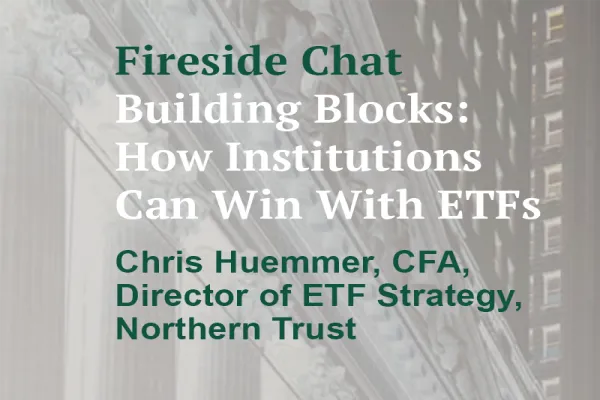From the air, the $600 billion spending plan that Federal Reserve chairman Ben Bernanke unveiled on Wednesday is meant to stimulate an economy that is growing at a “disappointingly slow” pace of 2 percent — that has yet to fully recover from the latest recession, let alone replace the 8 million jobs that were wiped out. It’s the sort of thing that the Fed chief, back in 2002, famously referred to as a “helicopter drop,” borrowing a phrase from Milton Friedman.
On the ground, the eight-month plan boils down to a massive “buy” program that will ripple through the fixed-income markets, just as if a huge hedge fund had gone on a spree. And like any large transaction, it will shape the markets around it. In this case, the Fed will essentially displace private investors in safe-haven assets such as Treasury notes, where global investors have parked their cash in volatile times. The idea is to nudge them into riskier areas of the capital markets such as stocks and corporate bonds, leading to economic growth and jobs.
Leland Hart, head of the $25 billion leveraged loan portfolio at asset-management giant BlackRock, says the plan is likely to have its intended effect. “It will help. It will stabilize the economy and help keep Treasury rates low,” Hart says. “Investors will look elsewhere for yield, turning to markets including leveraged loans, high-yield bonds and emerging market debt.”
Given the recent rally in those asset classes, that bullish outlook might have been a little less certain prior to the Fed’s latest quantitative easing of interest rates, known as QE 2 because it follows a similar program that ended in March. QE 2 dispels doubt and fosters certainty and stability about the outlook for rates, which many feared would rise over the shorter run. Over the longer run, that fear remains, of course.
All three asset classes have performed well for the year to date. Leveraged loans are up 8 percent, while high-yield bonds and emerging market debt are up about 15 percent each. The bonds and emerging debt have done particularly well because Treasury rates have come down so much, falling to 2.6 percent from 3.8 percent for 10-year issues.
Loans haven’t matched that pace because they have a variable rate component on top of Libor, which is about 29 basis points. The remainder of their yield, which is in the 6 percent to 7 percent range, shifts. “Because loans are floating they do not have the duration exposure of broader fixed income assets. Going forward, how much lower can treasuries go. Eventually they will rise.”
Loans may be favored as investors seek higher yield in the wake of QE 2. “There will be room for appreciation,” Hart says.
An influx of capital could lead to more and bigger leveraged loan deals, which has been a source of profit for banks over the last few years. While the market is expanding again, it’s well below the levels it hit during the credit boom. Deal value in the sector for the year to date is $513,344 billion, up from $423,077 billion last year, but less than half the record $1,277,441 billion in 2006, according to Dealogic. And the largest leveraged loan deal of the year, the $6.75 billion Ineos chemicals issue in Britain, pales in comparison to the all time record $24.5 billion TXU deal in 2007, when the private equity market was peaking. For the year, the market is dominated by Bank of America, with a 15 percent share of revenue, and by JPMorgan, the co-leader of the Ineos deal, with a 9.4 percent share.
It remains to be seen just how successful QE 2 will be as a source of stimulus for the weak economy. But in the low-rate environment that now appears more likely to remain in place for the near to mid term, it is bound to be a source of stimulus for investors and financial institutions in search of yield and revenue.





